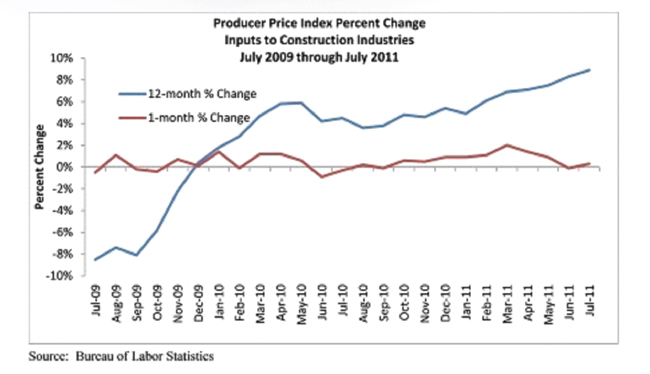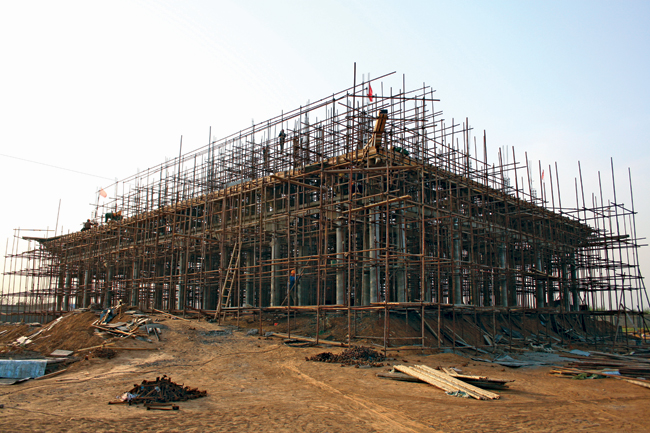Construction Backlog Up 10 Percent in Second Quarter
The good news/bad news scenarios flooded the wires this summer. July and August saw some improvement in the construction sector, but nothing that could get experts excited for anything more than conservative growth.
In July, construction employment inched up by 8,000 jobs to a 15-month high, but remained far below the peak set in early 2006. The Associated Builders and Contractors (ABC) announced that its Construction Backlog Indicator (CBI) increased 10 percent in the second quarter of 2011 to an average of 8.1 months, up from 7.3 months the previous quarter, but a closer look still reveals challenges.

“While the increase in construction backlog appears to be good news at first glance, taking a broader look reveals that the rise in the nation’s construction activity may be a reflection of the economic momentum that existed several months ago, but is now beginning to weaken,” said ABC chief economist Anirban Basu.
The CBI is a forward-looking indicator that measures the amount of construction work under contract to be completed in the future, and the CBI is actually 12 percent higher than one year ago.
“The nation’s economic recovery has remained fragile since June 2009 and any observed recovery in construction volumes has been tentative,” Basu said. “The events of the last few weeks have had a negative impact on both the overall economy and the nation’s construction sector, with business leaders generally seeking to reduce exposure to risk and investment volatility.
“More specifically, the U.S. economy continues to be pummeled with a sea of constraining factors ranging from rising gas and food prices, to Washington’s stalemate on lowering the nation’s deficit, the downgrade of the U.S. credit rating, Europe’s growing financial crisis and the U.S. financial market turmoil,” said Basu.
“None of this is good news for construction contractors or others hoping for a far ranging, more aggressive economic rebound. Though average construction backlog has been on the ascent in recent months, future surveys are likely to reflect a reversal of the trend and may lead to a chill in the nation’s building recovery,” Basu said.
As far as regional highlights, the South continued to report the lengthiest construction backlog of any major region, with project orders rising 1.87 months during the second quarter compared to one year ago. Construction backlog in the Middle States continued to expand, growing by .25 months, or an 11.8 percent increase from the second quarter of 2010. The Northeast reported the smallest construction backlog increase of .04 months from the same period last year. The West experienced a modest construction backlog increase of .61 months from one year ago.

“The good news is that the construction backlog has expanded in all regions, which means that contractors in much of the nation are busier now than they were a year ago, particularly in the South,” said Basu. “The Middle States continue to be associated with rising average construction activity, largely a reflection of renewed competitiveness within the U.S. auto industry, as well as the ongoing expansion of the nation’s food producing and distribution sectors. In contrast, the Northeast is associated with more expensive labor and greater dependence on government spending, yielding a smaller construction backlog increase.”
